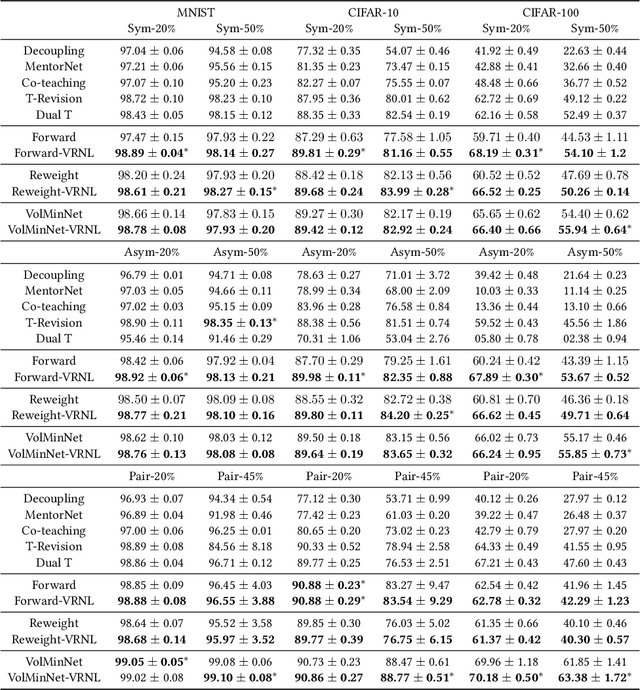Yexiong Lin
Beyond Optimal Transport: Model-Aligned Coupling for Flow Matching
May 29, 2025Abstract:Flow Matching (FM) is an effective framework for training a model to learn a vector field that transports samples from a source distribution to a target distribution. To train the model, early FM methods use random couplings, which often result in crossing paths and lead the model to learn non-straight trajectories that require many integration steps to generate high-quality samples. To address this, recent methods adopt Optimal Transport (OT) to construct couplings by minimizing geometric distances, which helps reduce path crossings. However, we observe that such geometry-based couplings do not necessarily align with the model's preferred trajectories, making it difficult to learn the vector field induced by these couplings, which prevents the model from learning straight trajectories. Motivated by this, we propose Model-Aligned Coupling (MAC), an effective method that matches training couplings based not only on geometric distance but also on alignment with the model's preferred transport directions based on its prediction error. To avoid the time-costly match process, MAC proposes to select the top-$k$ fraction of couplings with the lowest error for training. Extensive experiments show that MAC significantly improves generation quality and efficiency in few-step settings compared to existing methods. Project page: https://yexionglin.github.io/mac
Do We Need to Penalize Variance of Losses for Learning with Label Noise?
Jan 30, 2022



Abstract:Algorithms which minimize the averaged loss have been widely designed for dealing with noisy labels. Intuitively, when there is a finite training sample, penalizing the variance of losses will improve the stability and generalization of the algorithms. Interestingly, we found that the variance should be increased for the problem of learning with noisy labels. Specifically, increasing the variance will boost the memorization effects and reduce the harmfulness of incorrect labels. By exploiting the label noise transition matrix, regularizers can be easily designed to reduce the variance of losses and be plugged in many existing algorithms. Empirically, the proposed method by increasing the variance of losses significantly improves the generalization ability of baselines on both synthetic and real-world datasets.
 Add to Chrome
Add to Chrome Add to Firefox
Add to Firefox Add to Edge
Add to Edge